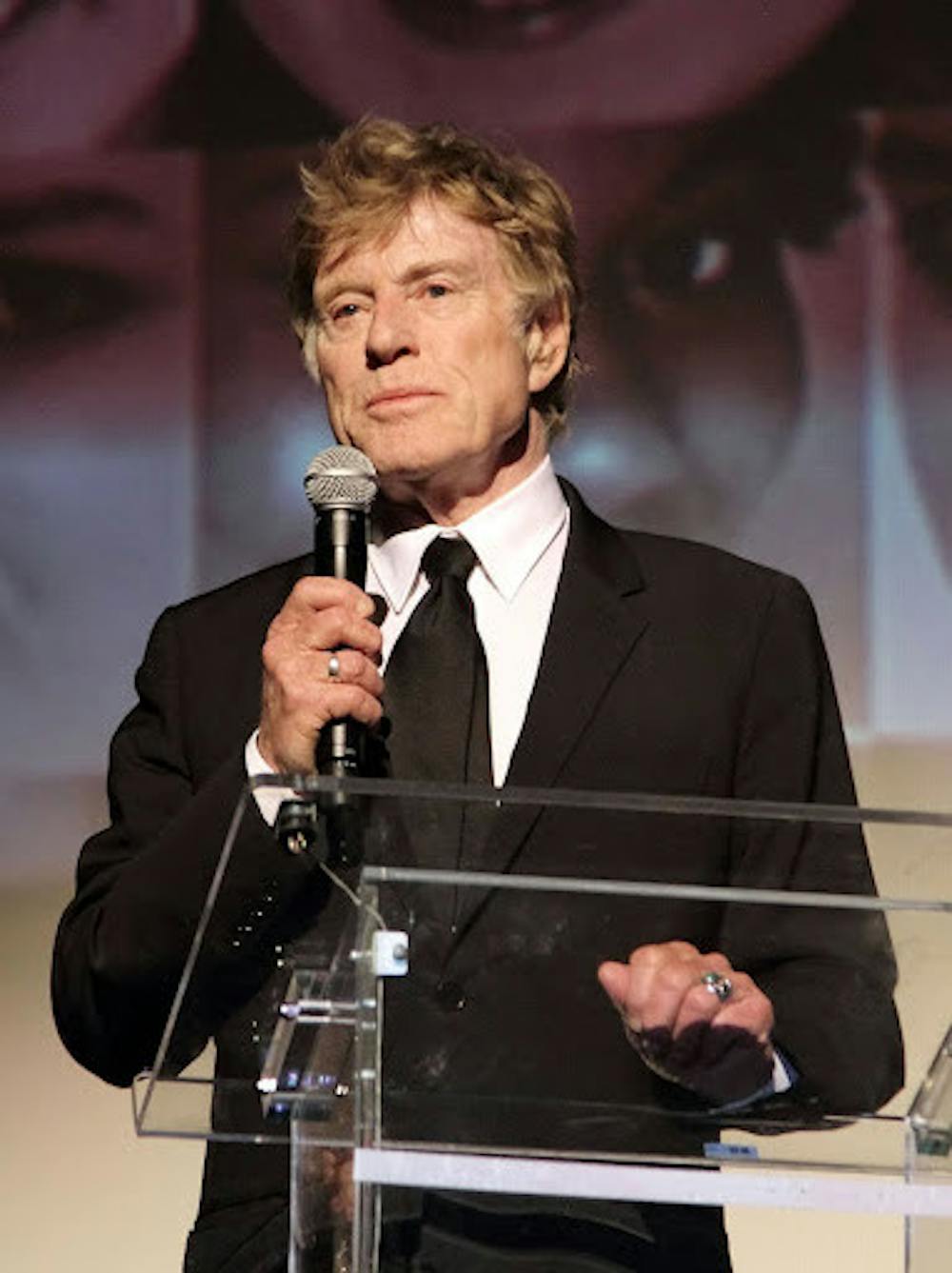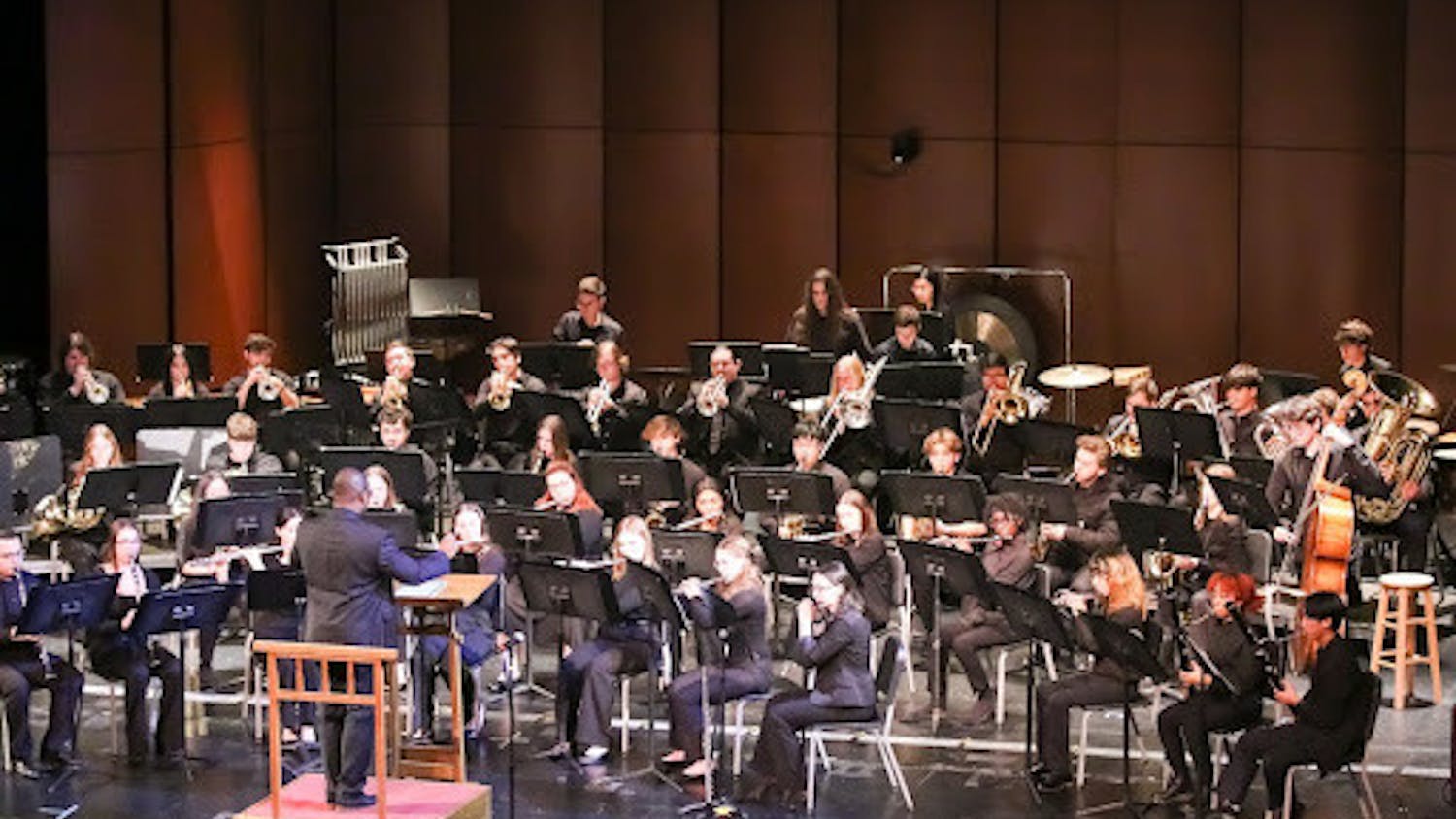By Abigail Holliday
Copy Editor
Robert Redford, iconic activist, actor and director, died at age 89 in his home in Utah.
Born in Santa Monica, California, Redford grew up surrounded by love, art and nature. This passion fueled him to first attend the University of Colorado, Boulder, but he lost his baseball scholarship due to excessive drinking, according to NPR.
Wanting to rekindle his love for the arts, Redford worked at an oil rig to save up enough money to allow him to go backpacking in Europe, reported NPR. He spent a year moving through hostels and hitchhiking to fully immerse himself in the life of a painter. He returned to the United States with a rediscovered respect and longing for the arts. He attended Pratt Institute in New York for the arts and simultaneously joined the American Academy of Dramatic Arts for acting classes, according to IMDb.
Fresh out of the academy, Redford joined Elizabeth Ashley on Neil Simon's hit “Barefoot in the Park” on Broadway. As written by NPR, this was a step in the right direction for his career, leading him to have roles in some of the time’s most popular shows such as “The Twilight Zone,” “Route 66” and “Alfred Hitchcock Presents.”
His first role and lead in Hollywood was “The Sundance Kid” in “Butch Cassidy and the Sundance Kid” in 1969.
He was specifically revered as a “romantic” leading man, paving the way for him to lead in famous roles such as “Barefoot in the Park” with Jane Fonda, “The Way We Were” alongside Barbara Streisand and “Out of Africa” with Meryl Streep, according to the New York Times.
Throughout his acting career, Redford was nominated four times for an Academy Award, winning once for “Ordinary People” in 1981. He was also an honorary winner of an Oscar in 2002 for being an “actor, director, producer, creator of Sundance, inspiration to independent and innovative filmmakers everywhere,” according to IMDb.
Despite being one of Hollywood's biggest actors at the time, it wasn’t Redford’s passion. The same year he starred in “Butch Cassidy and the Sundance Kid,” he opened the Sundance Mountain Resort in the Provo Mountains of Utah. According to Sundance Institute, Redford wanted to create a space that could offer smaller, independent filmmakers opportunities that they wouldn’t have otherwise been given due to the inequality of the industry.
Redford wanted to kindle the “importance of craft, story, and the human being” that was missing from Hollywood, which just cared about producing blockbusters. He claimed, “[I] could see and feel that there were other voices out there and there were other stories to be told,” he said, “but they weren’t being given a chance. So I thought, well, without harming the industry, maybe we can just add to it.”
Redford opened Sundance’s first Directors Lab in 1981, helping to give independent directors a chance to produce, hoping to give their work a voice.
Redford’s influence attracted fellow experienced writers, directors, producers, cinematographers and editors to donate their time and knowledge to mentor these hungry minds. According to Sundance Institute, they are still, to this day, opening their doors to up-and-coming filmmakers hoping to get a chance to break into the industry.
Redford not only wanted to help his “students” produce their films, but also wanted to give them a chance for their work to be seen, so he held a festival. This sparked the now annual, global sensation Sundance Festival, where directors and producers can come and give these independent filmmakers a chance, according to Sundance Institute.







